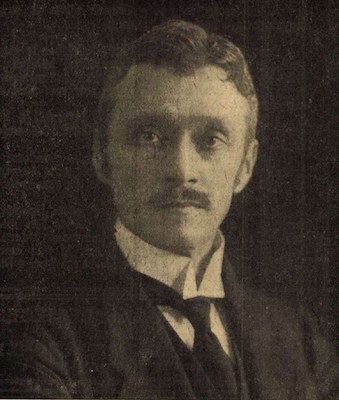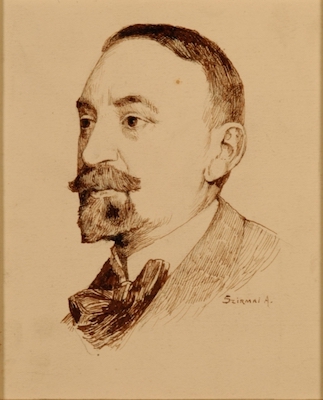Sport & Hunting
(1850 - 1980)
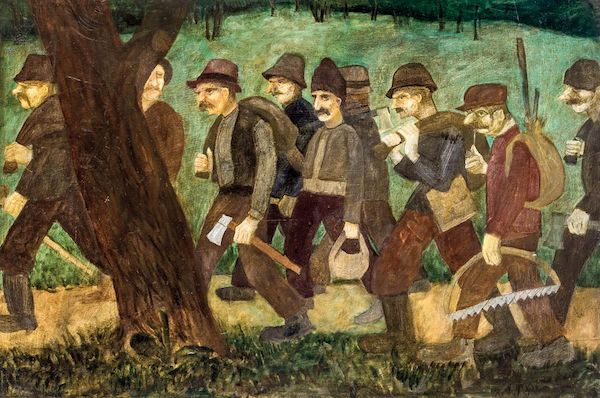
About
Hunting, fishing as a theme in art
Hunting is as old as mankind. Our ancestors needed food and clothing, and they could get them by fishing and hunting. However, the relationship between nature, the game and the hunter has been constantly changing over the past millennia. Together with the civilizational processes, cultural factors such as religion and art were connected to hunting, which later developed into increasingly higher-level beliefs, mythological belief systems, and finally into multi-layered rites and works of art. At the beginning, in the life of the primitive man, the pictorial representation of the act was part of the ceremony to help the hunt, the killing of the animals was immortalized on the walls of the caves with a conscious artistic intention. Because he thought that he would make them come true. Millennia later, hunting became more and more separated from both magic and art, but it remained a favorite subject of independent art. There is no period in the history of art, literature or music in which we do not find it. These depictions continuously followed the changes in costumes, habits, and acts, how hunting changed from the acquisition of prey necessary for subsistence and traditional hunting methods to the lord's passion, and then to leisure activities and sports.
In a broader sense, mythological and religious representations belong to hunting as a universal theme. The protagonist of these is usually the goddess of hunting and wild animals, Diana (Artemis), who can appear both as a protector of the wilderness and as a hunter of prey. Her meeting with Actaeon, which culminated in the hunter's tragic fate - and which was immortalized in Ovid's Metamorphoses - inspired many Renaissance and Baroque artists. This representation did not lose its popularity in the 19–20th century. The elder Károly Markó, who has a wide education and a thorough knowledge of classical antiquity, immortalized the various motifs of his myth in almost a dozen pictures. József Molnár also painted mythological works of this type, but some of his works showing "real" hunting scenes also.
In addition to mythological and religious works, depictions of hunting in European art reflected the entertainment of the ruling class for centuries and played an essential role in the representation of the nobility. After all, as Machiavelli wrote in his political study The Prince, hunting was seen as an excellent means of training the mind and body of a general. Monarchs and lords often immortalized themselves as hunters and everywhere developed hunting into a real ritual. As chroniclers of their favorite pastime, they used the knowledge and talent of the best masters more than once. From the 17th century, the so-called portraits of lords (with hunting attributes, with a dog) were developed on the topic of hunting. group portraits created specifically from the social customs of hunting; genre pictures depicting driving and fishing; still lifes depicting hunting prey. Hungarian fine art can occasionally show such artistic depictions (e.g. some works by Alajos Györgyi Giergl; Gyula Benczúr; Lajos Goró; Ferenc Olgyay; Ferenc Helbing; László Pataky; Ignác Újvári; Zoltán Veress). Among them, Mihály Zichy gained international fame when he served under four tsars (Michael, Alexander II, Alexander III and Nicholas II) in Russia. His drawings and watercolors documenting the everyday life of the House of Romanov can be found in the Hermitage in St. Petersburg, which preserves the relics of the former tsarist court, and in the art collection of the British royal family. Pál Szinyei Merse painted one of the most beautiful hunting-themed pictures. With the figure of a hunter (the artist himself) watching in silence, Ocui captures the snuff-pulling, evoking the eerie atmosphere of an earthy, awakening forest preparing for spring. Géza Mészöly painted a group portrait on the commission of Count Jenő Zichy of the hunt for wild ducks, which follows the tradition of Munich realist landscape painting. The most famous Hungarian animal painters of the 19th century were Béla Pállik and members of the Vastagh family of artists. Géza Vastagh mainly modeled images of lions, and his son, the sculptor György Vastagh, modeled the Hungarian domestic animal species, the finest breeding animals, horses, cattle, and sheep.
The 20th century, modern art, sports
Sport and Art
We usually base our knowledge about the sports and game habits of different cultures on artefacts and literary works. We know from Pindar that participation in the ancient Olympic Games was more important than winning, Greek vases and statues report on the athletes' gender, age, physical structure and the sports they played. On the wall of Pharaoh Beni-Hassán's tomb, you can see that the ancient Egyptians already played ball games, and Brueghel's painting Children's Games collects the favorite pastimes of peasant children in the 16th century. Sport depicted in literature or visual arts always serves as a symbol of some broader social phenomenon. But the sports events themselves also serve as such.
Physical culture, including sport - the competitive display of physical strength and skill - and art are part and result of the development of human culture: they share a common historical root. The cult, from which sport and art originate, was related to the most sacred things for certain societies, and was usually offered as a means of individual justification or self-realization. The sports field and the playing field were probably both "sanctuary" in every unified culture: a place to search for social and personal redemption - the experience of ecstasy or catharsis. The ceremonies of the so-called natural peoples often include some sort of running, jumping and throwing contest, wrestling or some kind of ball game, the purpose of which is usually to dazzle the gods, ensure fertility or rainfall, drive away evil demons or prolong life.
European development and increasingly powerful urbanization raised the issue of body culture again - now in a different form. Primarily, England was the scene of the development of modern sports. The so-called sporting art was formed during the reign of the British King George III in the 18th century, when activities that turned from hunting into sports, such as horse racing and fox hunting, were also made part of the culture. One type of this is the meet picture, which presents the hunt in a narrative manner, mostly depicting the gathered hunters and the pack, which is based on strict adherence to traditions, so its elements have remained unchanged throughout the two hundred years of this picture type's history in England. Horse races became the first sports depictions of the time, they painted the race itself, the riders and the portraits of the winning horses. Later, in addition to the traditional and privileged sports of the nobility and the upper class, more widely practiced sports such as boxing, wrestling, soccer, long-distance running, etc. appeared. Boxing was the other most immortalized sport. Sculptors and painters were fond of depicting even rudimentary boxing matches, and later the sensations and more characteristic figures of professional matches in today's sense were recorded. Modern art was inspired by sports. Modern technical sports - cycling, motorcycling, car racing, flying, motorboating, etc. - they almost offered the subject to the futurists and representatives of expressionism, whose works often feature sports competitions. Later, cubism also appeared on some pictures and sculptures of sports subjects (e.g. André Lhote: Football). Along with the development of modern sports, the social perception of professional athletes has changed: the star cult has developed. Spectators increasingly demanded sports competitions. Sport has become a modern myth and this has necessarily been accompanied by the idolization of champions. This phenomenon was also reflected in art. The German impressionist Max Slevogt, the Italian Ernesto de Fiori or the expressionist Georg Gross liked to portray the hero of the boxing matches and the jubilant audience. One of the most famous works of this kind was created by the American painter George Bellows, which shows both the dynamics of boxing and the enthusiasm of the spectators, as well as its inhuman distortion. Since the 20th century, there have been several attempts to advocate for a closer connection between sport and art in an institutional form. Conferences and exhibitions were organized, but undoubtedly the Olympics and their art competitions had the greatest impact on stimulating the relationship between sport and art (these ceased in 1948).
Several well-known aristocrats (e.g. count István Széchenyi, count Sándor Móric, baron Miklós Wesselényi, count Miksa Eszterházy) played an extremely important role in the introduction of sport as entertainment, physical exercise and competition in Hungary in the 19th century. They were practicing sportsmen themselves, e. g, rode horses , dueled, later fought, shot at targets, rowed, swam, so. they also led by personal example, and also contributed to the development of Hungarian sports by founding institutions, prizes and publishing theoretical works. As a result, the first competitive sports were the modernized versions of the previous physical struggles and customs of the aristocracy, which the above-mentioned aristocrats were introduced to during their trips to England. The earliest sports: pack hunting, horse racing, fencing and rowing. The first athletic club, MAC, was established in 1874. Aristocrats were still in the majority in the committee, but the membership was already made up of the traditional middle classes. The athletes of football and weightlifting, which started in the 1890s, already came out of the middle-class circles. Among the sports, women initially took part in leisure sports, above all in cycling and skating, but from the end of the 90s they also appeared in competitive sports. After the turn of the century, mainly dance and movement art, as well as various life reform movements (see Valéria Dienes, Madzzar Alice, Sándor Szentpál Olgal Sándor Nagy and the Gödöllő artist colony) focused attention on the body and sport. In the labor movement and other social groupings, gymnastics, physical education, physical training, typical forms of spending free time such as excursions or mass sports came to the fore. The common point of the Hungarian movement schools is the reference to nature, naturalness and health, the conscious control of the body's functioning, and the emphasis on the body as a factor responsible for the state of the soul. These aspirations come into contact at several points and show an identity with the contemporary avant-garde theater's perception of the body.
In addition to business and science, politics also discovered sport. Political interests prevailed in school physical education even before, the novelty of the 20th century is that leisure and private life became controllable through sport. An example of the growth of political influence is the emergence of various youth organizations. Also, the Horthy system and the 1950s developed their own body cult. Sports-themed exhibitions were organized between the two world wars, mainly organized by the National Salon Art Association and OTT. According to the catalog of the Sports Art Exhibition held in March 1934, most of the works still depicted boxing and wrestling (e.g. Pál Bor: Wrestlers; Lipót Herman: Boxer Europe match in 1934), but the water sports were represented in good numbers (István Szőnyi : Rowers; Zoltán Pohárnok: Rowers), as well as winter (C. Pál Molnár: Figure skaters) and technical sports (Zoltán Klie: Car driver; Ödön Guzsik: Motorcycle competition). Among the favorite subjects of art deco were: dancing women, archery female figures, dog walkers, motoring and motoring, the world of artists, as well as modern sports and social scenes. However, the relationship between sport and art strengthened after the Liberation. Already in August 1945, on the occasion of the first National Sports Days, a fine art exhibition of sports-related works was organized in the Ernst museum. Soon, the tender for the sculpture group on the road leading to the Népstadion was announced. Since the 1950s, exhibitions on the topic have been organized every 4-5 years, most recently in 2012 the Hungarian National Gallery examined the thematic or iconographic analogies in 20th century art.
Artworks in this theme
related artists
Róza Beszedits
(1857 - 1943)
Géza Vastagh
(1866 - 1919)
Antal Szirmai
(1860 - 1927)
István Mihály
(1886 - 1970)
Márton Tuszkay
(1884 - 1940)

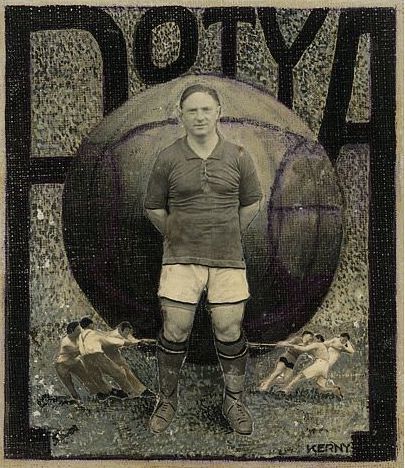

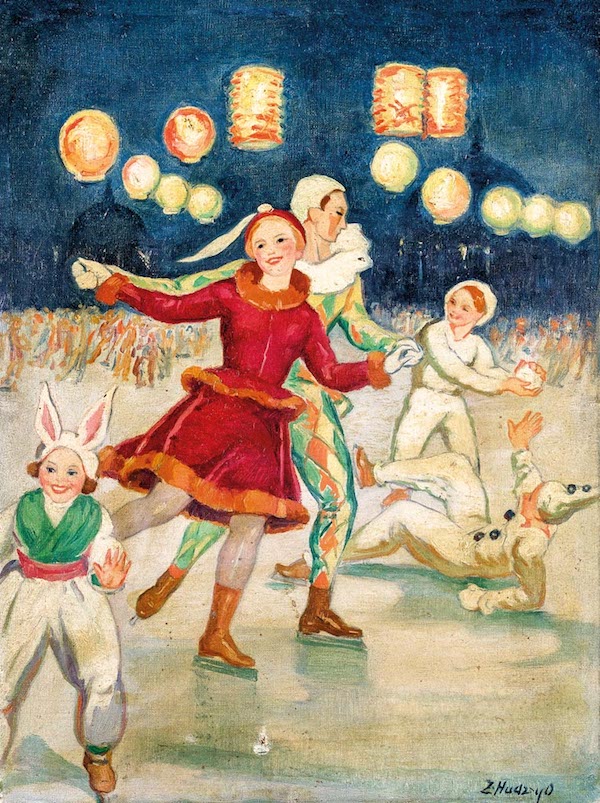
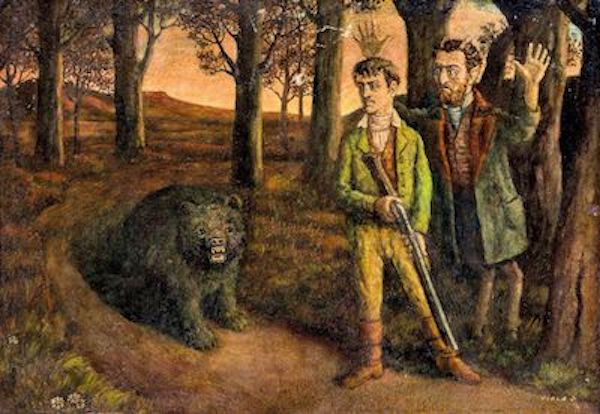
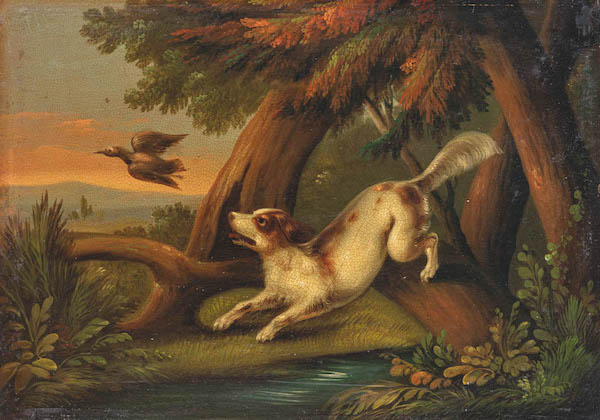
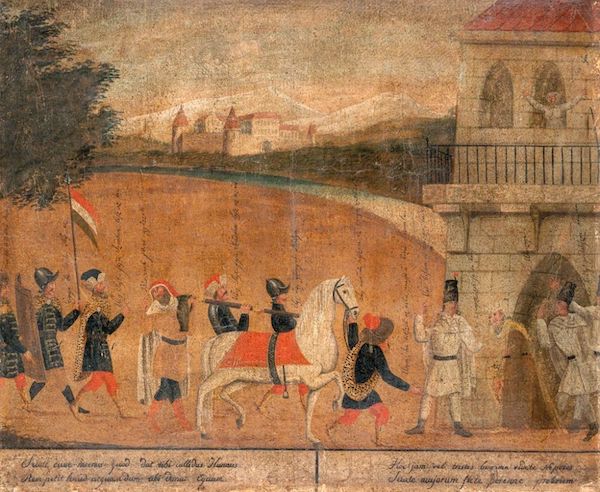
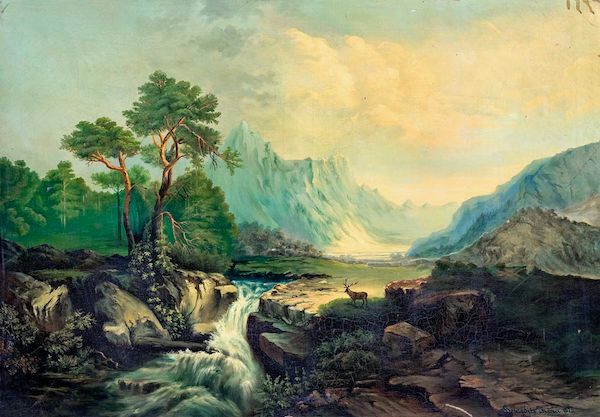
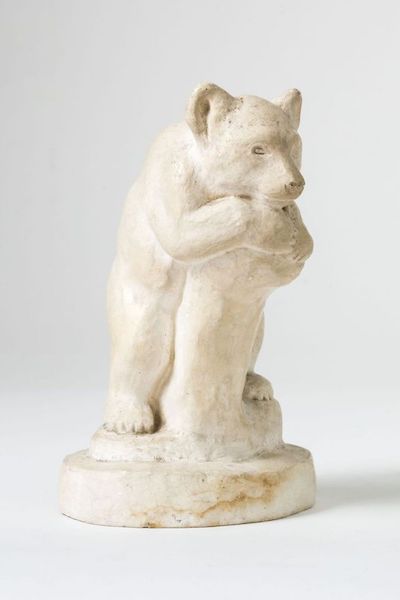

.jpg?locale=en)

